Can Birds Raised in Captivity Survive in the Wild? Birds raised in captivity are often released into the wild as part of conservation efforts. However, whether these birds can survive in their natural habitat remains. While some species may adapt successfully, others may struggle to find food, avoid predators, and cope with extreme weather conditions.
According to experts, captive-bred birds may have a reduced chance of survival in the wild due to their lack of exposure to natural environments and predators. Moreover, they may have needed to develop the necessary skills and instincts required for survival, such as foraging, finding shelter, and avoiding predators. As a result, they may be more vulnerable to disease, starvation, and predation and unable to compete with wild birds for resources.
Despite these challenges, some captive-bred birds have been successfully reintroduced into the wild, thanks to careful planning, monitoring, and support from conservationists. However, it is essential to consider the species, the environment, and the individual bird’s health and behavior before releasing it into the wild. By doing so, we can ensure that we are not only saving a species but also giving it a fighting chance to thrive in its natural habitat.
Understanding Bird Captivity
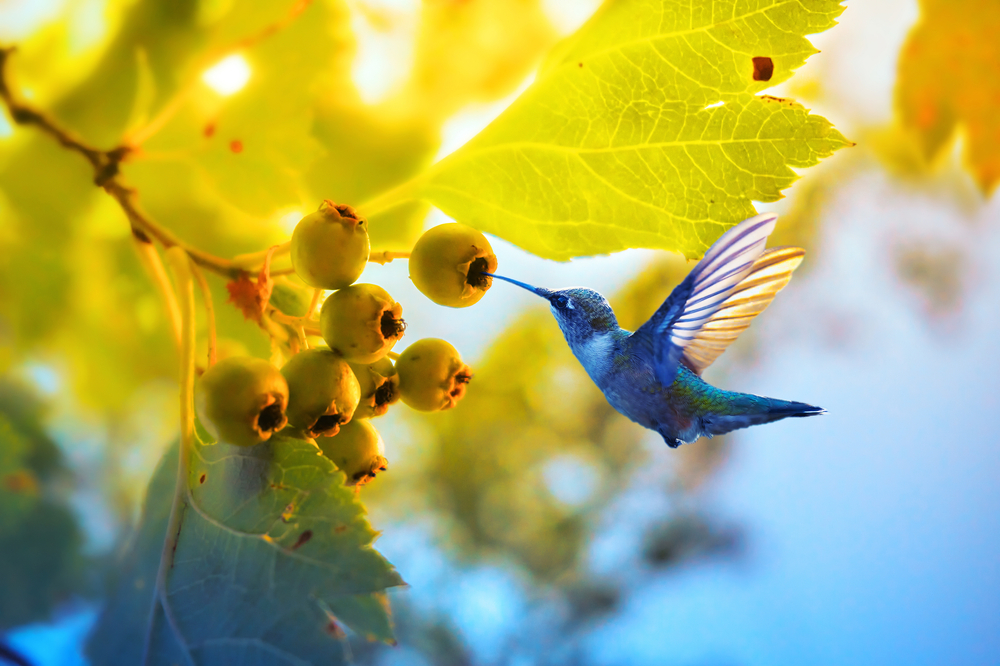
Defining Captivity
Captivity refers to keeping animals in enclosures or captivity for human purposes, such as breeding, research, or entertainment. Captivity can significantly impact the behavior, physiology, and survival of birds. Birds raised in captivity may have different social and environmental experiences than their wild counterparts, affecting their ability to adapt to the wild.
Common Captive Bird Species
Many bird species are kept in captivity, including pet birds such as parrots, parakeets, and canaries, as well as game birds like quail. These birds are often bred in captivity for commercial purposes or as pets.
Pet birds are often kept in cages and may not have access to the same environmental stimuli as their wild counterparts. This lack of stimulation can lead to boredom, stress, and other behavioral issues. Additionally, pet birds may be fed an unbalanced diet, leading to health problems.
Game birds like quail are often raised in captivity for hunting purposes. These birds may be raised in large-scale breeding facilities and released into the wild shortly before hunting season. However, research suggests that captive-bred birds may have reduced survival rates in the wild due to changes in their physiology and behavior.
In conclusion, understanding the impact of captivity on birds is essential for ensuring their welfare and successful reintroduction into the wild. While captive breeding can play a critical role in conservation efforts, it is vital to consider individual species’ unique needs and experiences when designing captive breeding programs.
The Wild Environment
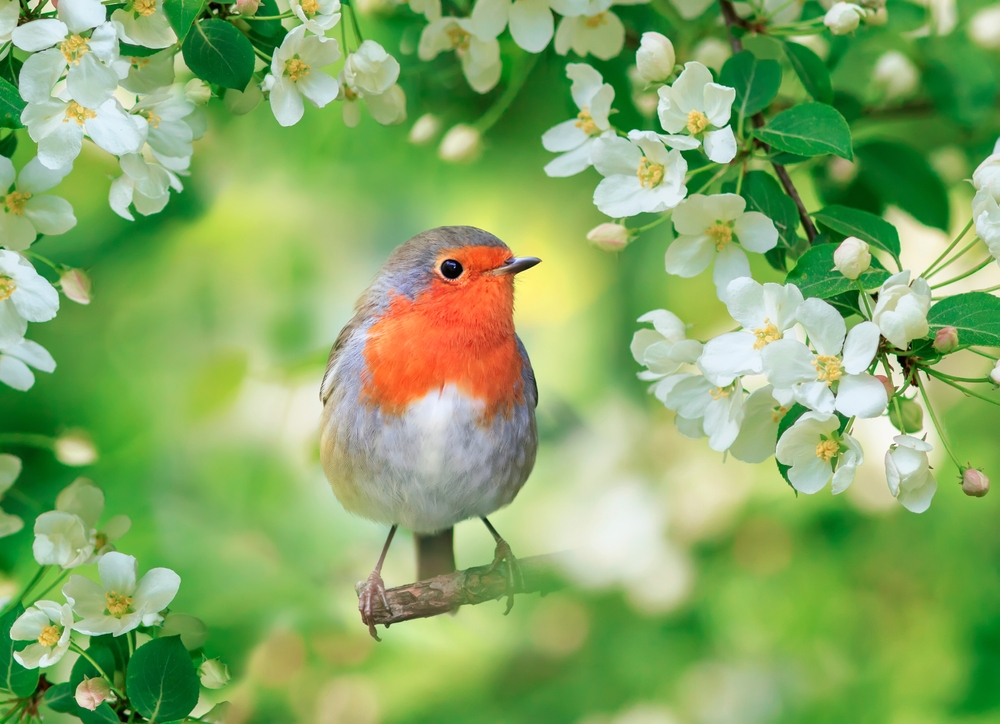
The wild environment is vastly different from the controlled environment of captivity. In the wild, birds have to navigate a range of challenges to survive. This section will explore behaviors and survival skills necessary for birds to thrive in the wild.
Wild Bird Behaviors
Birds in the wild exhibit a range of behaviors that are specific to their native environment. These behaviors include foraging, hunting, and navigating their surroundings. Foraging involves finding food sources in the wild, which can challenge birds raised in captivity. Hunting involves pursuing prey, which can require a range of skills, such as stealth and agility. Navigating the wild environment also requires birds to recognize and respond to various cues, such as changes in weather, the presence of predators, and the location of food sources.
Survival Skills in the Wild
Survival skills are essential for birds to thrive in the wild. These skills include finding food, water, and shelter and navigating their surroundings. Birds raised in captivity may have yet to develop these skills, making survival difficult in the wild. For example, captive birds may not know how to find food sources or avoid predators, making them vulnerable to starvation or attack.
In conclusion, the wild environment presents various challenges for birds, and the behaviors and survival skills necessary for survival in the wild can be challenging to develop in captivity. While some birds may be able to adapt to the wild environment, others may struggle to survive. It is vital for zoos and other organizations to carefully consider the implications of releasing captive birds into the wild and to take steps to ensure their survival.
Challenges of Survival in the Wild
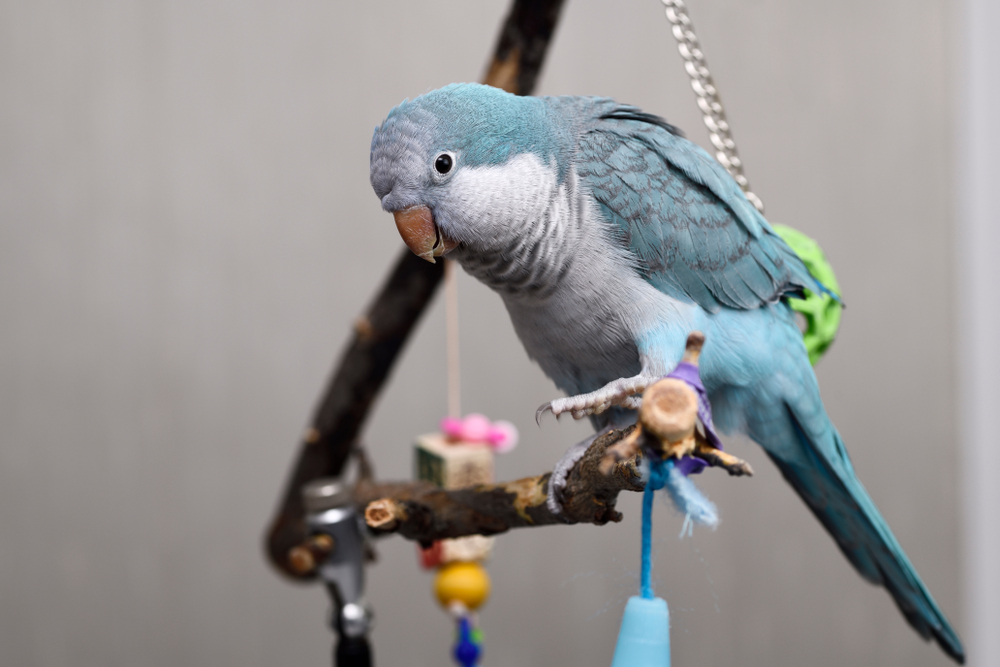
Finding Food
One of the biggest challenges for birds raised in captivity is finding food in the wild. In captivity, birds are often provided with a steady supply of food, which they may not have to work hard to find. However, food is often scarce in the wild, and birds must forage for it. This can be particularly challenging for birds raised in captivity, as they may have yet to learn the necessary skills to find food in the wild.
Avoiding Predators
Another challenge for birds raised in captivity is avoiding predators. In captivity, birds are often protected from predators, but they must constantly look for potential threats in the wild. Birds raised in captivity may not have developed the skills to avoid predators, which could put them at greater risk of being attacked.
Coping with Weather Conditions
Birds raised in captivity may also struggle to cope with weather conditions in the wild. In captivity, birds are often kept in controlled environments where the temperature and humidity are carefully regulated. However, in the wild, birds must cope with various weather conditions, from extreme heat to cold. This can be particularly challenging for birds raised in captivity, as they may have yet to develop the necessary adaptations to cope with these conditions.
In conclusion, birds raised in captivity face several challenges when surviving in the wild. These challenges include finding food, avoiding predators, and coping with weather conditions. While some birds may be able to adapt to these challenges, others may struggle, which could put their survival at risk.
Release into the Wild
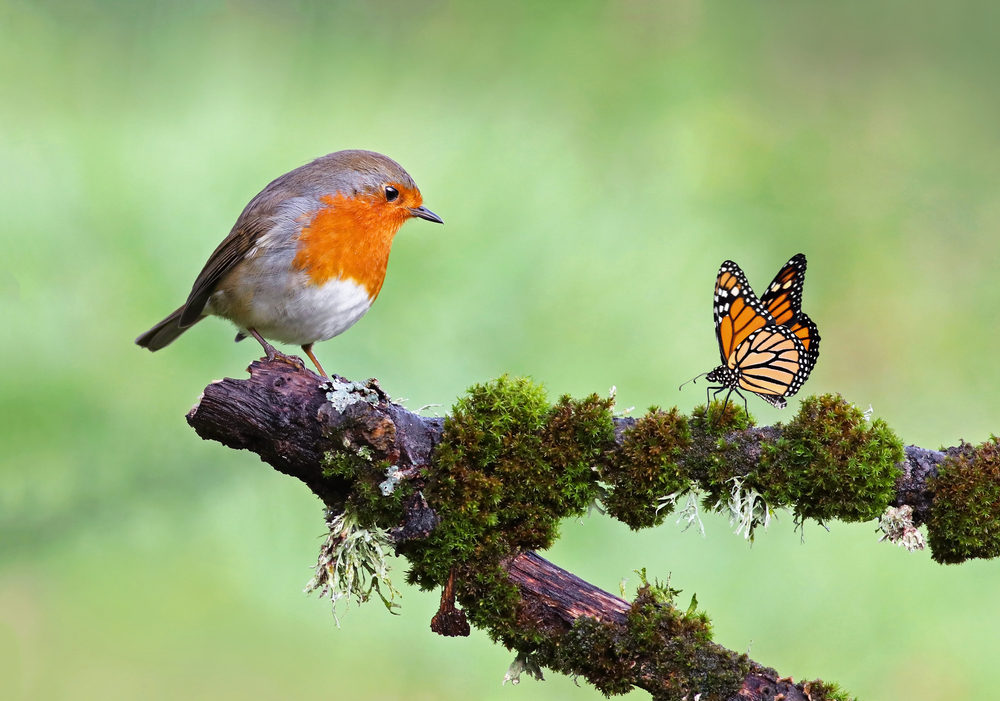
Releasing birds raised in captivity into the wild is a complex process that requires careful planning and execution to increase their chances of survival. Here are some essential considerations before and after releasing birds into the wild.
Preparation for Release
Before releasing birds into the wild, they must be adequately prepared to adapt to their new environment. This involves a series of steps, including:
Live Prey Training: Birds raised in captivity may have yet to learn how to hunt and catch food. Live prey training can help them develop these skills vital for survival in the wild.
Flight Conditioning: Birds raised in captivity may not have developed strong flight muscles. Flight conditioning can help them build strength and endurance for long flights.
Escape Training: Birds raised in captivity may need to be more familiar with the dangers of predators and other threats in the wild. Escape training can help them avoid these dangers and protect themselves.
Habitat Familiarization: Birds raised in captivity may need to be more familiar with the natural habitat they will be released into. Habitat familiarization can help them adapt to their new surroundings and find food, water, and shelter.
Post-Release Monitoring
After releasing birds into the wild, monitoring their progress and ensuring they adapt successfully is essential. This involves a series of steps, including:
- After release, tracking devices can be attached to birds to monitor their movements and behavior. This can help researchers understand how well they adapt to their new environment.
- Food and Water Provisioning: Providing food and water in the wild can help birds survive in the early stages after release, especially if they are still learning to hunt and find food.
- Behavioral Observations: Researchers can observe birds after release to see how well they adapt to their new environment. This can include monitoring their feeding, mating, and nesting behaviors.
Releasing birds in captivity into the wild can be successful if done correctly. However, it is essential to remember that not all birds will adapt successfully, and some may not survive. Proper preparation and monitoring can increase their chances of success and help researchers better understand the process of releasing captive birds into the wild.
Impact on Wild Populations
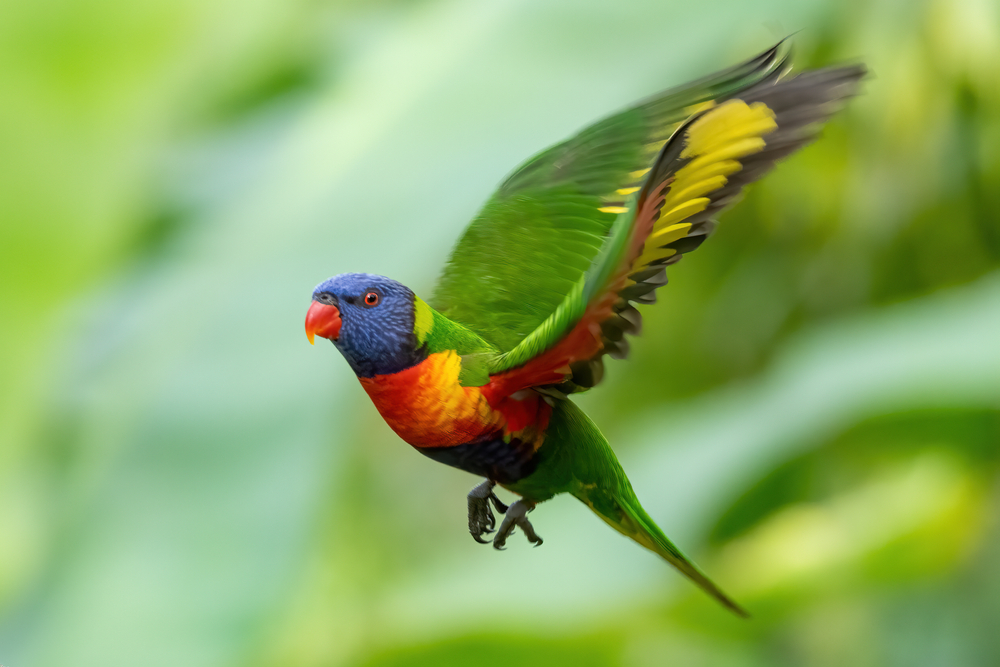
Interactions with Wild Birds
Captive breeding programs have been used to bolster wild populations of endangered bird species. However, releasing captive-bred birds into the wild can negatively impact wild populations. Captive-bred birds may have reduced survival rates in the wild due to their lack of experience with predators, finding food, and other survival skills. In addition, captive-bred birds may have different behaviors and communication patterns than wild birds, affecting their ability to mate and reproduce successfully.
When released into the wild, captive-bred birds may also compete with wild birds for resources such as food and nesting sites, which can negatively impact wild populations. Captive-bred birds may also introduce diseases or parasites to wild populations, which can further harm wild bird populations.
Influence on Genetic Diversity
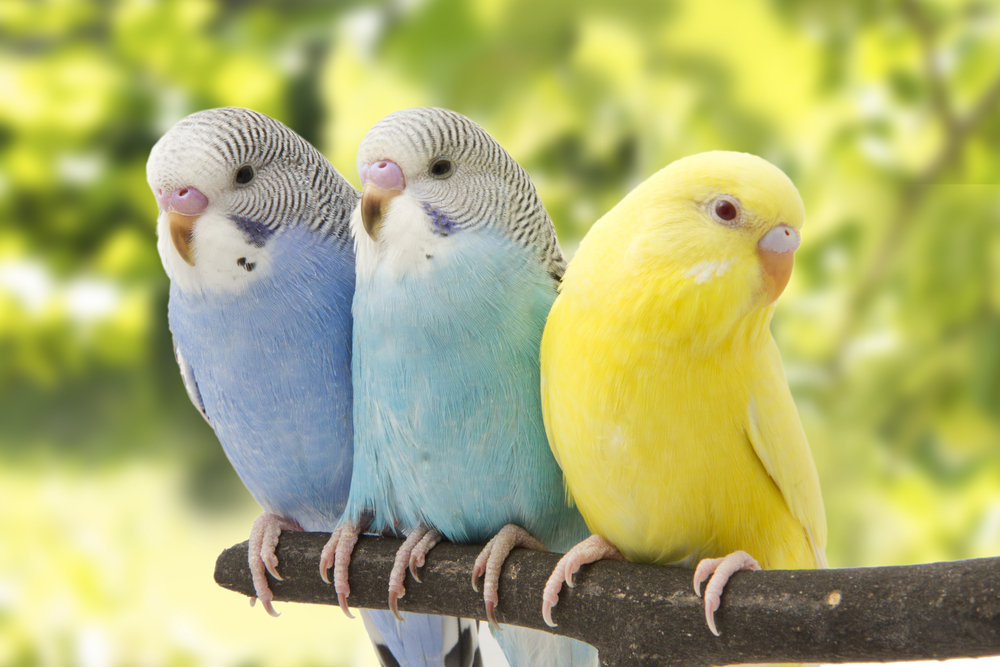
Captive breeding programs can also impact the genetic diversity of wild populations. Captive-bred birds may have reduced genetic diversity due to inbreeding, leading to reduced fitness and increased susceptibility to disease. When released into the wild, captive-bred birds may also mate with wild birds, reducing genetic diversity in wild populations.
To minimize the negative impacts of captive breeding programs on wild populations, it is important to manage breeding programs and release programs carefully. This can include using genetic analysis to ensure that captive-bred birds are genetically diverse and promoting natural behaviors in captive-bred birds before their release. It is also essential to carefully monitor the effects of captive breeding programs on wild populations to ensure that they are not causing more harm than good.
In conclusion, while captive breeding programs can effectively conserve endangered bird species, their impact on wild populations should be carefully considered and managed to minimize negative impacts.
Health Concerns for Captive Birds in the Wild
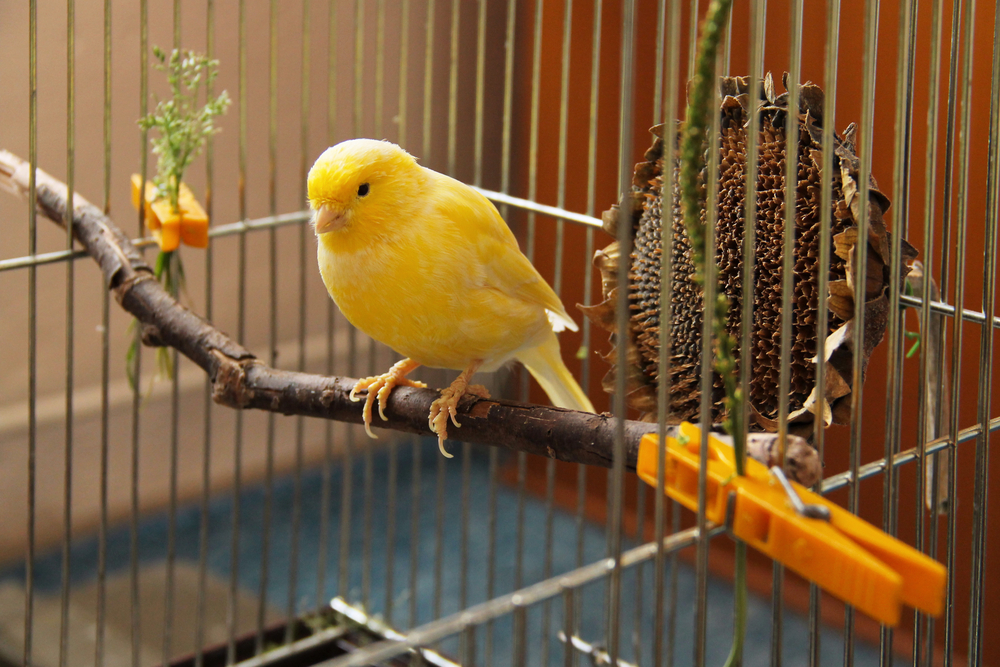
Disease Transmission
Captive birds may be more susceptible to diseases and infections due to their limited exposure to natural pathogens and the stress of captivity. When released into the wild, they can introduce new diseases to the wild bird population, which can have devastating consequences.
In addition, captive birds may be carrying diseases not present in the wild population, which can spread new and potentially harmful infections. Monitoring captive birds for diseases before releasing them into the wild is essential to prevent disease transmission.
Injury and Illness
Captive birds may also suffer from injuries and illnesses that can hinder their ability to survive in the wild. For example, birds raised in captivity may have difficulty finding food or avoiding predators due to their lack of experience. They may also suffer from physical deformities or injuries that make it difficult to fly or hunt.
Research has shown that birds raised in captivity may have physical changes that can hinder their survival in the wild. For example, captive birds may have shorter wings or be less agile than wild birds, making it difficult to escape predators or catch prey.
In conclusion, releasing captive birds into the wild can be risky due to the potential for disease transmission and physical limitations. Monitoring captive birds for diseases and injuries before releasing them into the wild is essential to ensure their success and prevent harm to the wild bird population.
Preventing Escapes and Unplanned Releases
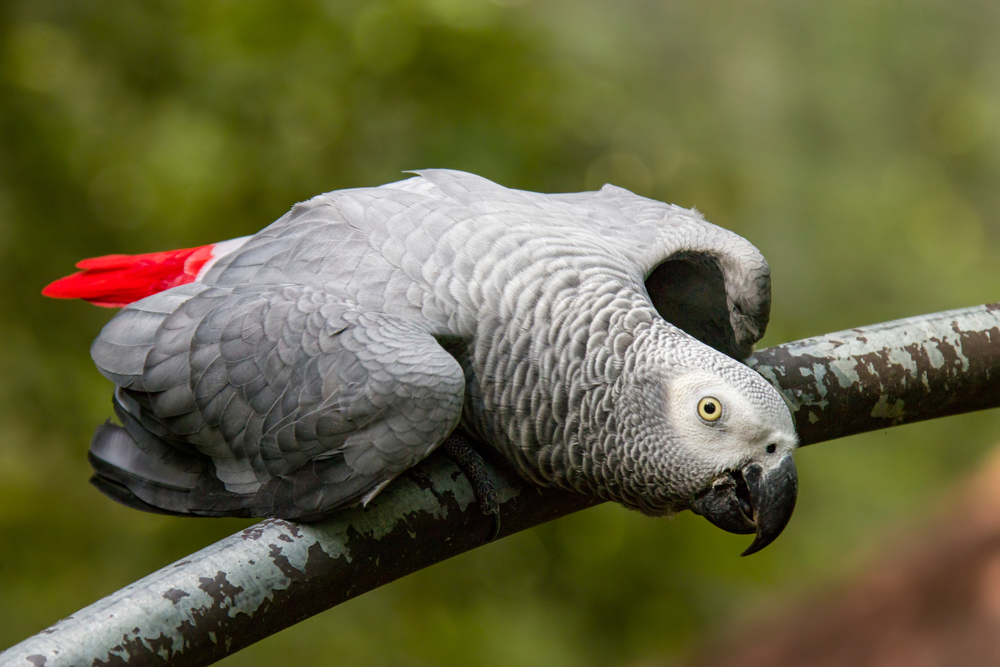
When raising birds in captivity, preventing escapes and unplanned releases is crucial to maintaining the integrity of the captive breeding program and avoiding potential harm to wild populations. Several measures can be taken to prevent escapes and unplanned releases, including captive bird care and structural preventive measures.
Captive Bird Care
Captive bird care is an essential aspect of preventing escapes and unplanned releases. Providing birds with an appropriate environment and enriching activities can prevent boredom and reduce the likelihood of escape attempts. It is also important to ensure that birds are well-fed and healthy, as malnourished or sick birds may be more likely to attempt to escape.
Structural Preventive Measures
Structural preventive measures can further reduce the risk of escapes and unplanned releases. These measures include constructing aviaries and other enclosures to prevent birds from escaping and implementing strict security protocols to prevent unauthorized access to the facility.
In addition to these measures, working with reputable shelters and organizations with experience caring for and breeding birds in captivity is essential. This can help ensure all necessary precautions are taken to prevent escapes and unplanned releases.
Overall, preventing escapes and unplanned releases is essential to captive breeding programs. By providing appropriate care and implementing structural preventive measures, it is possible to maintain the integrity of these programs and avoid potential harm to wild populations.
Legal and Ethical Considerations
Legal Restrictions on Release
Before releasing a captive-raised bird into the wild, it is important to consider the legal restrictions in your area. In many places, it is illegal to release non-native species into the wild, and even for native species, there may be restrictions on when and where releases are allowed. In addition, some species may require permits or other approvals before being released.
It is also essential to consider the potential impact on the local ecosystem. Releasing a domesticated bird into the wild can introduce diseases or parasites that may harm other wildlife. In addition, if the bird has been imprinted on humans and is not afraid of people, it may be more likely to approach humans for food, which can cause problems for the bird and its human neighbors.
Ethical Implications
There are also ethical implications when releasing captive-raised birds into the wild. If the bird was raised by humans and imprinted on people, it may have yet to learn the skills it needs to survive in the wild. In addition, if the bird was taken from its parents at a young age, it may have missed important socialization and learning opportunities for survival.
It is also essential to consider the welfare of the bird itself. If the bird has been raised in captivity, it may not be physically or mentally prepared for life in the wild. It may not know how to find food, avoid predators, or navigate its environment. Releasing a bird not ready for life in the wild can be cruel and may ultimately lead to its death.
In summary, releasing captive-raised birds into the wild requires careful consideration of both legal and ethical implications. It is essential to ensure that the bird is physically and mentally prepared for life in the wild and that its release will not harm the local ecosystem or other wildlife.
For more info: https://www.audubon.org/
Tags # is it cruel to keep birds in cages reddit
Tags # why should we not keep birds in cages
Tags # disadvantages of keeping birds in cages
Tags # is it cruel to keep birds in an aviary
Tags # keeping birds at home is good or bad
Can domesticated birds survive outside?

Generally, domesticated birds such as pet parakeets, cockatiels, or canaries cannot survive outside in the wild. They lack the necessary survival skills, such as finding food, avoiding predators, and coping with harsh weather conditions, which are often learned in the wild during their early stages of life. They are also more susceptible to diseases in the wild to which they have not been previously exposed. Lastly, they may not adapt to the local climate or ecosystem, which can further compromise their survival ability.
What happens when you free a caged bird?
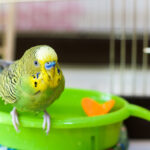
When a caged bird is freed, its survival largely depends on several factors, including its species, how long it’s been in captivity, and whether it has developed essential survival skills such as foraging, avoiding predators, and flying. Birds raised in captivity might struggle to find food and shelter, evade predators, or withstand harsh weather conditions. Some may not even know how to fly correctly. There are also risks of introducing diseases into wild populations. Therefore, releasing caged birds is not always a viable or ethical option and should be done in consultation with wildlife experts.
What happens to birds in captivity?
Birds in captivity, whether pets, in zoos, or part of a rehabilitation program, generally live in environments much different from their natural habitats. Their caretakers typically take care of their dietary and medical needs. However, their movement is limited, and they may be unable to learn or perform many natural behaviors of their species. This includes skills necessary for survival in the wild, like hunting, foraging, or avoiding predators. The effect of captivity can also lead to psychological stress in birds, as many species are adapted for social interaction and large flight ranges.
Why we should not keep birds in cages?
Keeping birds in cages restricts their natural behavior, including flying, socializing with others, foraging for food, and exploring their surroundings. This can lead to physical and mental health problems, such as obesity, feather-plucking due to stress, and other abnormal behaviors. Birds are highly intelligent and social animals, requiring environmental enrichment, interaction, and space to live fulfilling lives. Thus, placing birds in cages for prolonged periods is considered inhumane and detrimental to their well-being.